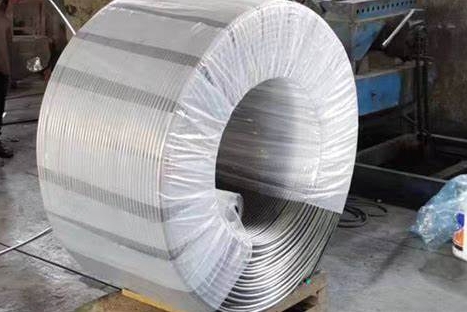
Calcium Cored Wire injection is one of many technologies used to add calcium into liquid steel in order to improve castability. It involves the injection of a wire cored with calcium or other additives in the liquid bath at the appropriate speed. The added materials are released near the bottom. It is important to note that the effectiveness of this process depends on many factors including steel quality, injection speed, and size and thickness of cored wire.
It is important that all the calcium that is injected is consumed by the melt and none escapes as bubbles. The goal is challenging and requires the control of parameters that can influence calcium recoveries. In this paper, the aim is to examine the behavior of the standard cored wire when it comes to calcium recovery in the steel melting to find the optimal injection rate for maximum calcium returns.
This work has two main axes. The first is to develop DissolFil. It's a numerical simulation that uses an evolutionary algorithm in order to calculate the dissolution dynamic and thermodynamically compatible multi-component transportation model within the liquid steel bath. The tool can predict the change in temperature along the length injected wires, allowing for optimum injection rates. The second part of the work involves the validation of the model through immersion tests carried out in a liquid steel bath in a Steel Plant.

During testing it was noticed that the cored-wire travel distance increased in a monotonic manner with injection speed, until reaching a critical level. It then began to decrease. Travel distance varies also with bath treatment, and sheath thickening of cored wire.
These observations suggest that a high sheath thickness may be detrimental for the calcium release since it reduces the travel distance of the cored wire in the liquid steel. A low sheath does not increase travel distance because it is dependent on both the grade of steel and the type of metal.
Injection rate and diameter of cored wire were found to affect the required sheath. It is therefore possible to achieve a high yield of calcium by changing the injection rate or sheath.
This was done by a number of experiments using various diameters and thicknesses for the sheath (0.4, 0.66 and 0.8 mm). Injection speed was increased by a factor of approximately 10% from 240m/min.
Steel plants can save a lot of money by increasing the yield. This is important, especially in light of the economic situation where many steelmakers have been looking at alternative technologies to reduce their costs.

Write a Message